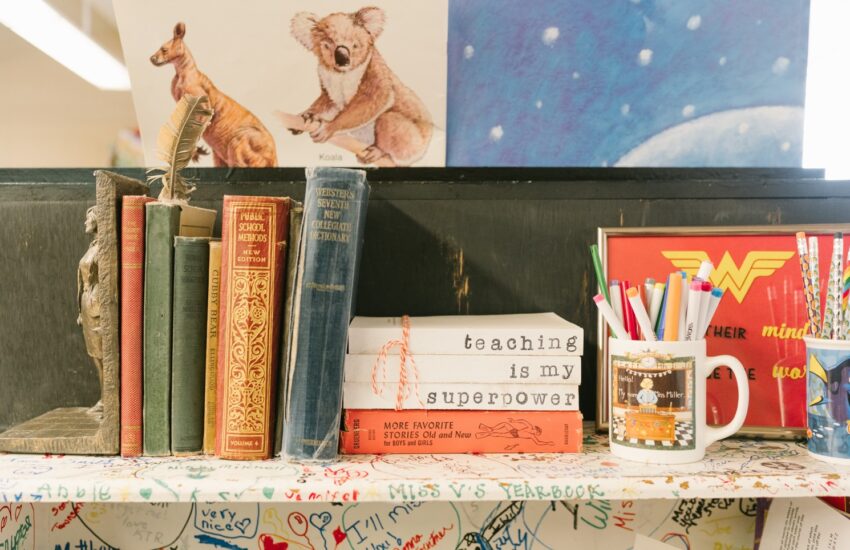Needless to say, the world is changing every day, and with it, the way people learn. Therefore, the need to reinvent the way we teach and to adapt to new contexts is the only guarantee to achieve meaningful learning in our classrooms. What does this mean? It means that our learners are not just empty vessels that we need to fill with as much information as possible. Nowadays, we strive for our learners to be the lead characters of a system that is gradually overcoming the traditional paradigm where the teacher is the sole center of knowledge in the classroom.
This commitment to excellence implies that we, as teachers, must be committed and prepared to explore and exploit the capabilities of each of our learners, by motivating said learners through innovative methods and schools that gives us the necessary space and tools for the development of these new practices. What we call “new” methodologies are not exactly new nor spontaneously discovered yesterday. These methodologies have evolved through years of studies and conversation.
Since the 1970s, a lot of research has brought valuable insight into second language learning. From Ellis to Gass, from Krashen to VanPatten, from Wagner to Swain, healthy debate and studies have shaped the theoretical basis in which language teachers shape their classroom tactics. While experts not necessarily agree on which method is the most efficient, these frameworks have been the backbone of the teaching methodologies we use today.
These teaching methodologies are a fact and they are changing second language teaching around the world.
In this series, I will go through each one of these as well as the history behind these methodologies:
Direct Instruction
Flipped Classrooms
Kinesthetic Learning
Differentiated Instruction
Inquiry-based Learning
Expeditionary Learning
Personalized Learning
Game-based Learning

